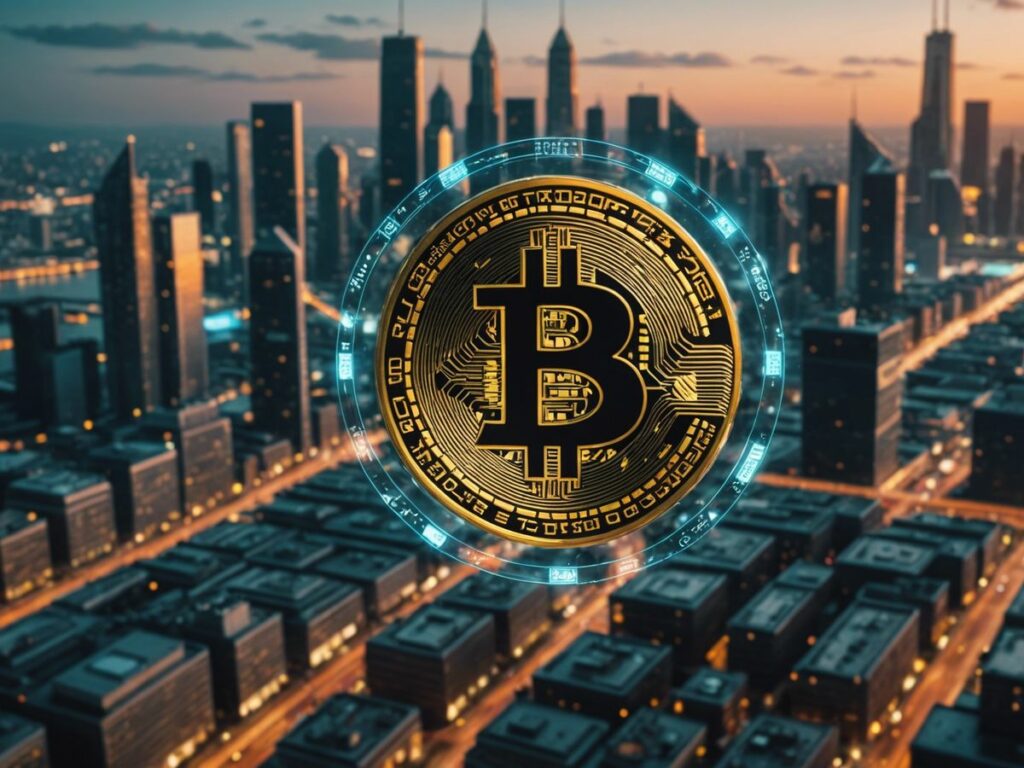Bitcoin miners are investing heavily in artificial intelligence (AI) businesses, hoping to diversify their revenue streams and capitalize on the booming AI market. This strategic pivot comes as the profitability of bitcoin mining faces significant challenges, including reduced rewards and increased competition.
Key Takeaways
- Bitcoin miners are diversifying into AI and high-performance computing (HPC) to offset declining mining revenues.
- The transition to AI and HPC requires substantial capital and advanced infrastructure.
- Some miners are leasing or buying data centers to support AI operations.
- The long-term viability of this strategy remains uncertain.
The Shift to AI and HPC
Publicly traded bitcoin miners have been exploring new revenue streams to mitigate the impact of declining bitcoin rewards. The recent halving of the reward for adding a block to the bitcoin blockchain has driven mining earnings to all-time lows. As a result, many miners are turning to AI and HPC, which require similar energy-intensive, specialized equipment.
However, breaking into these industries is not straightforward. It demands significant capital investment, advanced electrical and networking equipment, superior cooling methods, and more electricity than bitcoin mining. Additionally, miners face stiff competition from well-established tech giants like Google, Amazon, and Microsoft.
Different Approaches to Diversification
Bitcoin miners are employing various strategies to enter the AI and HPC markets. For instance, Hut 8 acquired facilities from Terago in 2022 to operate data centers across Canada. Bit Digital, on the other hand, keeps its fleet of GPUs at a third-party data center, which has helped it generate more revenue from HPC services compared to its peers.
Other miners, like Iris Energy, are retrofitting existing facilities with advanced GPUs for AI and HPC. Iris Energy’s Prince George facility, initially used for bitcoin mining, now hosts Nvidia GPUs for these new ventures. Similarly, Bitdeer is building an AI data center in Singapore.
Challenges and Opportunities
The incentives for bitcoin miners to develop AI and HPC segments are strong. Investors have been rewarding companies for AI-related developments, driving up share prices. Moreover, AI and HPC promise more stable revenue and higher profit margins compared to bitcoin mining.
Yet, the transition is fraught with challenges. The sectors are highly competitive, requiring miners to navigate a complex business environment and manage higher capital expenditures and operating costs. Some companies, like Bit Digital and Hut 8, have made promising starts, but the long-term success of these ventures is still uncertain.
The Broader Impact on Data Centers
The AI boom is also influencing the broader data center market. As AI demand surges, traditional data center providers are increasingly looking to locations previously dominated by crypto miners. For example, Amazon Web Services announced plans for a data center campus adjacent to a TeraWulf crypto mining facility in Pennsylvania.
This shift is driven by the need for high-performance, power-intensive GPU processors, which are similar to those used in crypto mining. As a result, data center developers are now willing to build in areas with abundant electricity, even if these sites lack robust network connectivity or proximity to major population hubs.
Conclusion
Bitcoin miners are betting big on AI and HPC to diversify their revenue streams and ensure long-term viability. While the potential rewards are significant, the transition is complex and fraught with challenges. Only time will tell if these high-stakes gambles will pay off for the industry.
